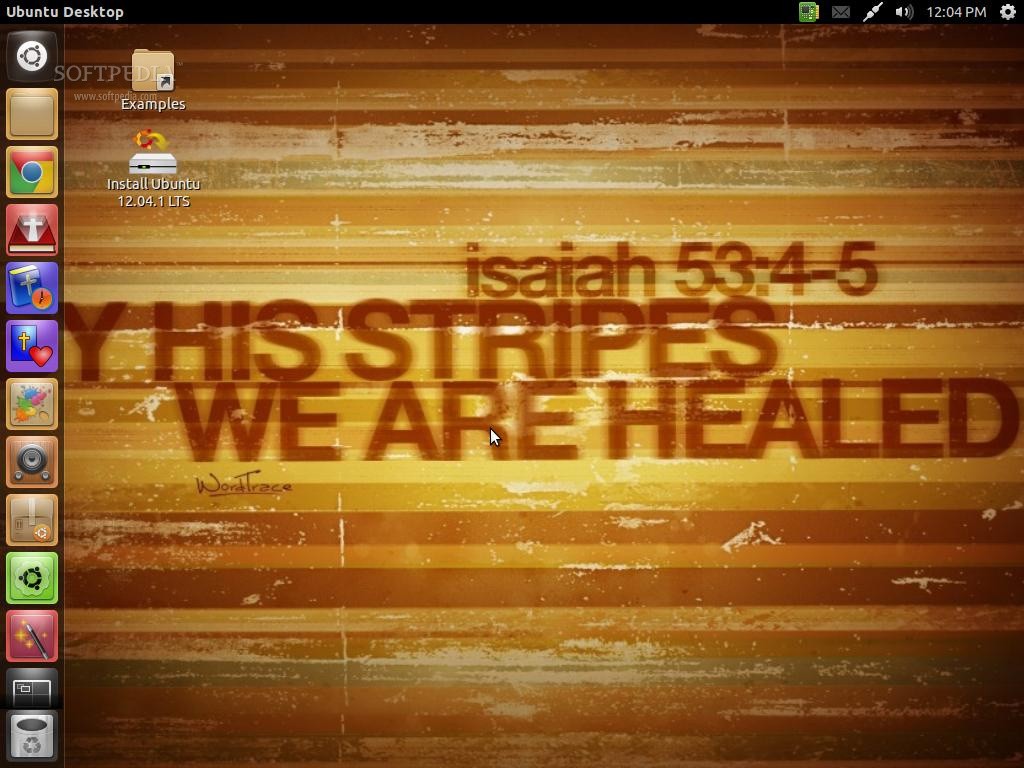


Now we format the drive (BE CAREFUL WITH dd): On the Mac, use Disk Utility from the command line:ģ: Apple_HFS Recovery HD 650.0 MB disk0s3ġ: Windows_FAT_32 NO NAME 15.5 GB disk2s1 Okay, so our 2 GB flash drive is at /dev/sdc. Number Start End Size Type File system Flags Number Start End Size File system Name Flagsġ 20.5kB 210MB 210MB fat32 EFI System Partition boot Sector size (logical/physical): 512B/512B

On some operating systems the USB drive will pop up as an icon on the desktop or in the folder viewer. (Presuming your operating system knows how to do so.) It will create a boot partition, and a Linux partition, and then you'll be able to boot from the USB drive. Now you'll flash your USB drive with that image. The file you downloaded is an image file. This is about 996 MB, just short of the 1 GB limit, so you can repurpose all those old thumbdrives that are too small for other distros. First you download the ubuntu desktop edition installer.


 0 kommentar(er)
0 kommentar(er)
